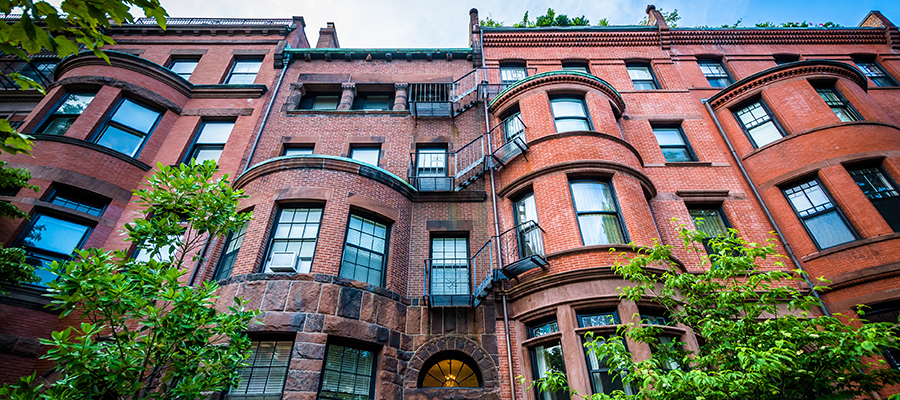
Colonial, split-level, Cape Cod… it’s no surprise that real estate has its own lingo, right down to the style of a home. In an effort to establish a deeper understanding of real estate home styles, in terms of how they’re built and what they seek to represent, McEnearney presents a series of articles to explore these differences. We’ll explain what makes a home a split-level versus a split-foyer, define traditional Colonials and Cape Cods; and learn to appreciate the subtleties of Art Deco and Victorian details.
First up we want to define very common structure types found throughout the DMV — understanding rowhouses versus townhouses.
Rowhouse vs Townhouse
The word “townhouse” traces its roots back to early England, where the term referred to a dwelling a family kept “in town” while their primary residence was in the country. The word stuck, and today, the term is used to describe residential homes that share a wall with the neighboring house.
In Washington, DC, the rows of homes lined up together that appear “attached” to one another are called rowhouses. In Virginia and Maryland, the same structures are referred to as townhouses. While the styles may look similar and the terms be used interchangeably, there are actually differences between a rowhouse and a townhouse.
Rowhouses often line a street and will extend the entire length of a block without a break. They will likely have a similar exterior front in terms of design, but could vary in color. Since rowhouses are unlikely to be part of a homeowners association (HOA), there is no set palette of colors to choose from when it comes to painting the exterior siding or bricks, doors or shutters.
From the outside, it appears as if the rowhouses share walls. Structurally, however, a rowhouse could stand on its own if the homes on either side were taken down. Rowhouses will commonly have room for parking behind the house that might be secured by a roll down garage door or a stand-alone garage.
Comparatively, townhouses are in smaller groups within the rows, and together, they will make up a subdivision or development that also has shared common space. Townhouses are also more similar in design and represent a set palette of colors because they’re typically part of an HOA. Additionally, the walls between townhouses truly are shared — one is dependent on the other and cannot stand on its own if the neighboring home was taken down. Finally, townhouses might have a one or two car garage as part of the structure or the neighborhood could offer parking in front of or near to the home.
Looking to buy or rent a townhouse in the DMV? Contact your favorite McEnearney Associate, and we’ll help you get there!
[divider height=”30″ style=”default” line=”default” themecolor=”1″]
Don’t miss a post! Get the latest local guides and neighborhood news straight to your inbox!

 Facebook
Facebook
 X
X
 Pinterest
Pinterest
 Copy Link
Copy Link






